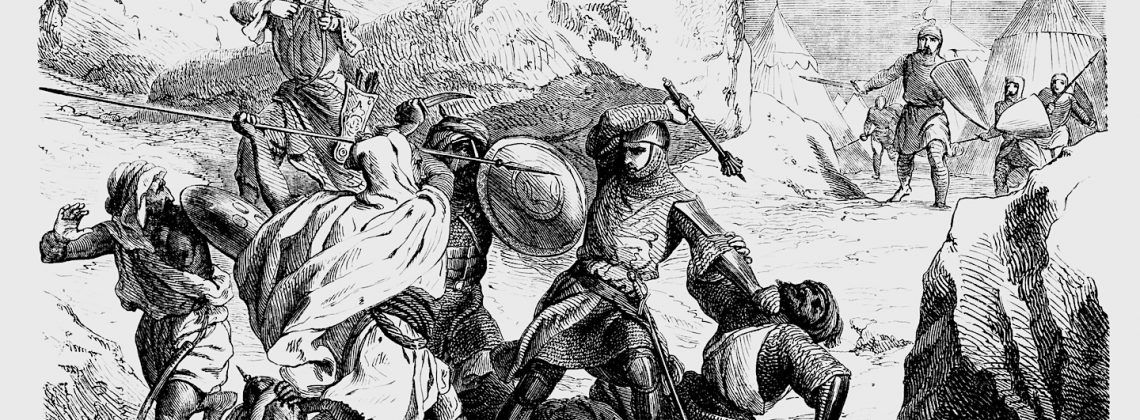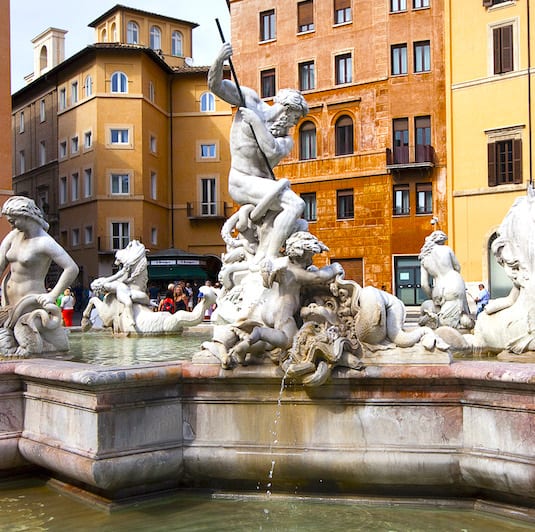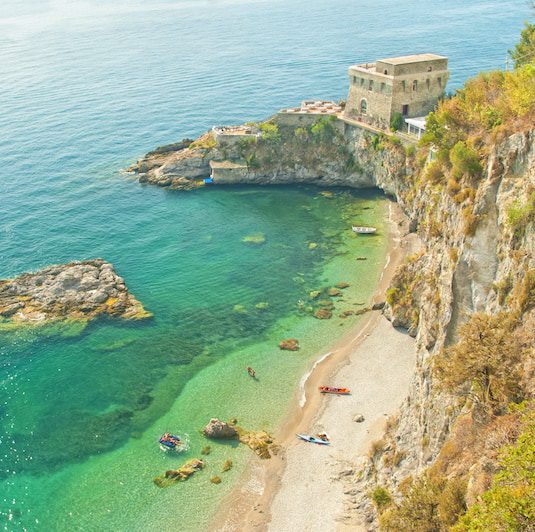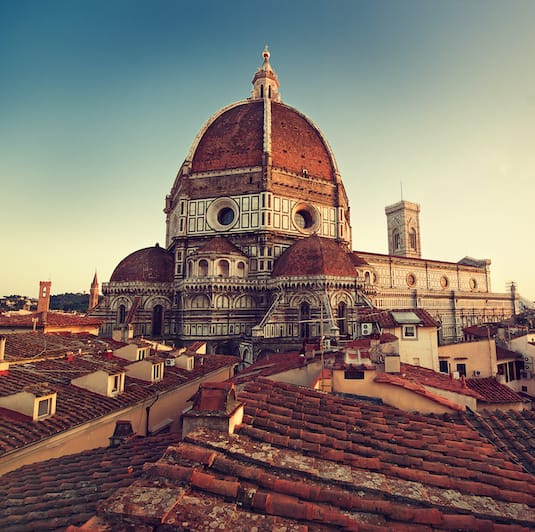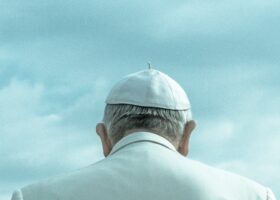The crusades were a series of violent religious wars with the set objective of conquering the “Holy Land” of Ancient Palestine and retake Jerusalem from Islamic Rule in the early 11th century. It would take a Pope with iron determination and masterful political cunning to influence so many Christians to risk their lives in this conquest. In turn, he transformed the papacy into an even more powerful institution than ever. That Pope’s name of this crusade was Urban II.
Early Life
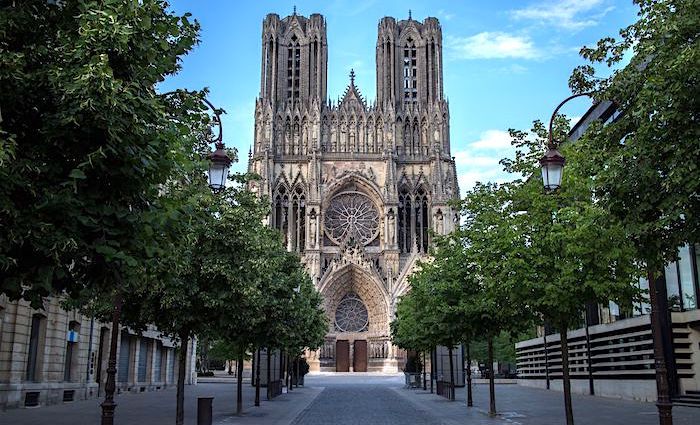
The man who would become Pope Urban II was born Ortho De Lagery in Lagery, France somewhere around 1036-1042. His parents were of the nobility, though their identities have been entirely lost to history. What we do know is that he decided to pursue a holy life from an early age. He studied at a school associated with the Reims cathedral.
We’re not sure how he was as a student, but he certainly was successful in pursuing positions of power. He became the canon and then after the arch-deacon of Reims. However, he decided to retire and pursue a monk’s life in the Abbey of Cluny in 1067. He devoted himself to a life of holy thought and ecclesiastical study.
This did not prevent Ortho from rising through the ranks, however. By 1074, he was the grand prior there, the second-in-command. Later he became the cardinal associated with Ostia. This would begin his rise to power that would land him in the most powerful position in the Catholic Church.
Rise to Power
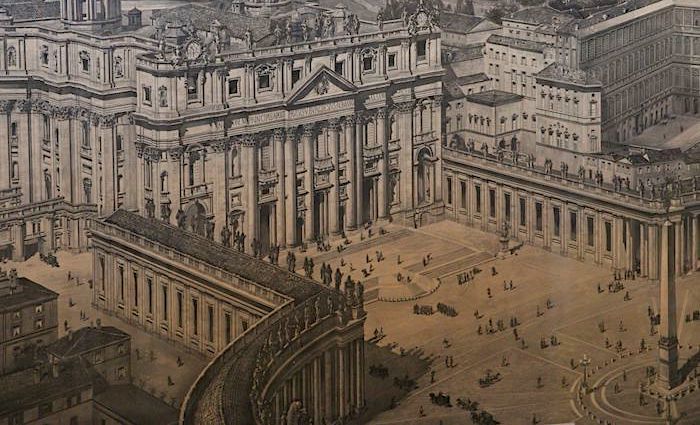
In the winter of 1084-5, he worked in Germany as a papal legate. He attempted to maintain support for Pope Gregory VII in the struggle with the Holy Roman Emperor, Henry IV. Henry attempted to gain power over the Catholic Church. Meanwhile, Pope Gregory VII maintained a position of the primacy of papal authority. In exchange for his support, Ortho was called to Rome.
His stay there, however, would prove short-lived. Henry IV conquered Rome in opposition to Pope Gregory VII and installed a puppet “antipope” Clement III. This did not keep the Church from nominating its own Pope. After the relatively short reign of a sickly Victor III, Ortho was elected to the position. In exile for his election, he returned to Rome to claim his papal throne. At this point he changed his name to Urban II.
Popular Vatican Tours
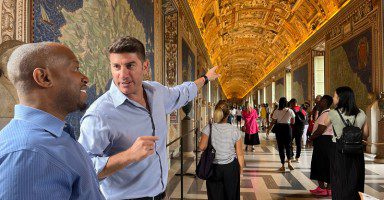
Best Selling Tour
Privileged Entrance Vatican Tour with Sistine Chapel
Without the right access, visiting the Vatican means fighting crowds, long waits, and missing the most significant rooms and works of art. Our privileged entrance tour offers more than just entry—it’s an immersive experience led by a storytelling guide who brings the Vatican to life. Skip the line and explore the Vatican Museums, including the Raphael Rooms, the Sistine Chapel, and St. Peter’s Basilica with engaging insights that make each moment memorable and meaningful.
See Prices
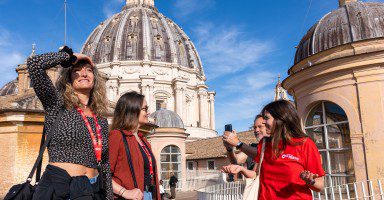
Top Rated Tour
Ultimate St. Peter’s Basilica Dome Climb and Tour with Papal Tombs
Visiting St. Peter’s Basilica and its dome on your own can mean dealing with crowds and waiting in line for hours. Our early-morning tour, led by a captivating local guide, ensures you skip the hassle with privileged access and insider knowledge, including the best times to climb for awe-inspiring views. Explore the stunning Basilica, take in breathtaking panoramas, and descend into the sacred Papal Crypts for a truly immersive experience.
See Prices
The Papacy
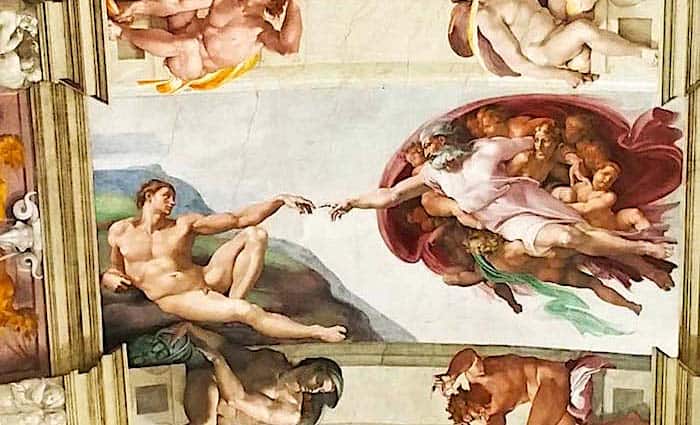
Urban took up the policies of Pope Gregory VII and, while pursuing them with determination, showed greater flexibility and diplomatic finesse. The Pope took pains to tour all across Europe in order to shore up support for his position. He made declarations against simony (the sale of Church offices), lay investitures (or royal Church appointments), clerical marriages, and the emperor and his antipope.
Urban supported several rebellious princes and dukes against kings that he felt were non-supportive of Papal power, such as was the case with Prince Conrad II who rebelled against his father Henry IV, who was the Holy Roman Emperor in the late 11th century. Urban proved himself to be a masterful tactician, who could convince dissatisfied royals to form alliances against the Holy Roman Emperor.
The First Crusade
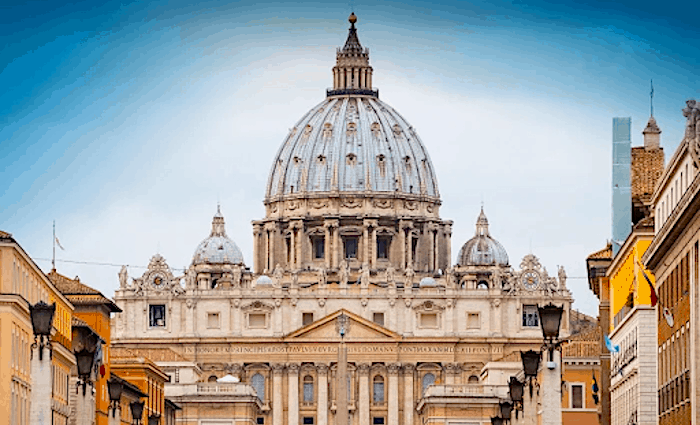
Pope Urban II was raised on a platform in the midst of the crowd and addressed to them in French the most influential speech in Medieval history
Will Durant
In the first week of March 1095, a delegation from the Byzantine emperor Alexius I Comnenus presented Urban with a request for help against the Turks. Pope Urban II’s response was to preach the First Crusade, starting on November 27, 1095, at the Council of Clermont in his home country of France. This first preaching was geared explicitly to the French, those all others who wished to participate were encouraged–unless of course, they were from Spain. (The Spanish were encouraged to fight the Muslims in Spain instead of in the middle east.) In fact, Urban’s proclamation was given in French.
Urban spoke to the crowd about fellow Christians being attacked and asked for Christians in the West to help. Urban promised those who died in battle full absolution and remission of their sins. He called for a Holy War. It was an unprecedented move, and a brilliant one, that sought to reunify the disparate shards of the Catholic Church behind a common enemy.
Pope Urban II combined a Holy War with Pilgrimage. No Pope had done this before
Eleonora Fanelli, Official Vatican Tour Guide
Popular Rome Tours
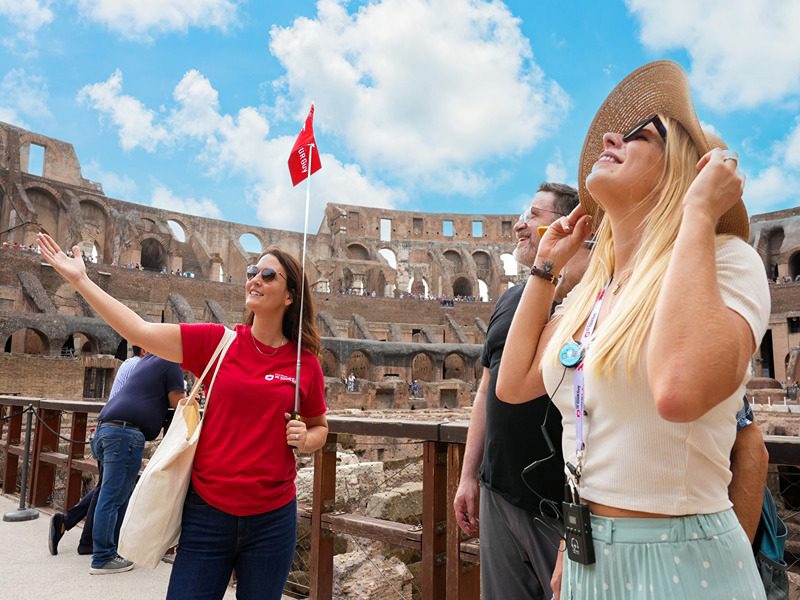
Best-Selling Tour
Rome in a Day Tour with Colosseum and Vatican Museums
Seeing the best of Rome in a single day might seem like a big undertaking, but our expertly designed tour makes it effortless with skip-the-line tickets, included transportation, and engaging guides to lead the way. In just 7 hours, you’ll visit renowned sites like the Sistine Chapel, Colosseum, Trevi Fountain, and Pantheon. With fascinating stories at every stop, you can skip the stress and immerse yourself in the vibrant heritage and culture of Rome all in one remarkable day.
See Prices
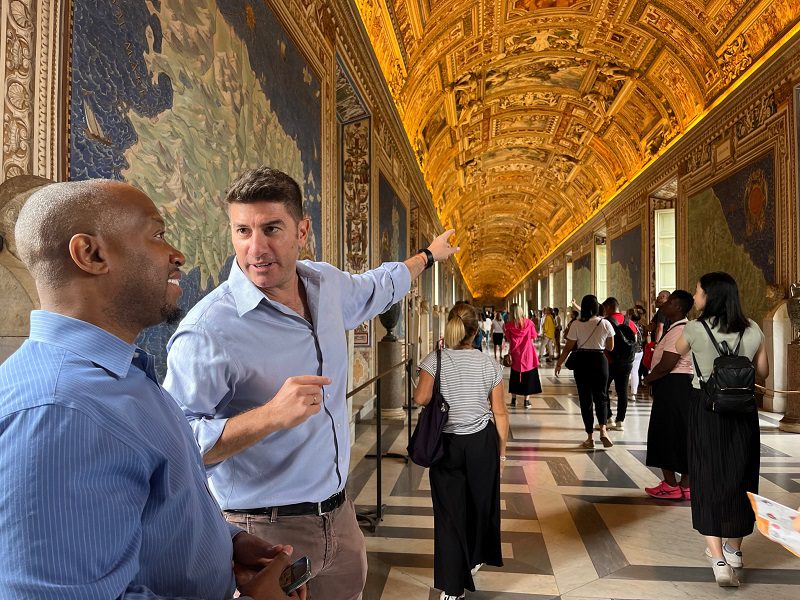
Best Price!
Privileged Entrance Vatican Tour with Sistine Chapel
Without the right access, visiting the Vatican means fighting crowds, long waits, and missing the most significant rooms and works of art. Our privileged entrance tour offers more than just entry—it’s an immersive experience led by a storytelling guide who brings the Vatican to life. Skip the line and explore the Vatican Museums, including the Raphael Rooms and the Sistine Chapel, with engaging insights that make each moment memorable and meaningful.
See Prices
A Holy War
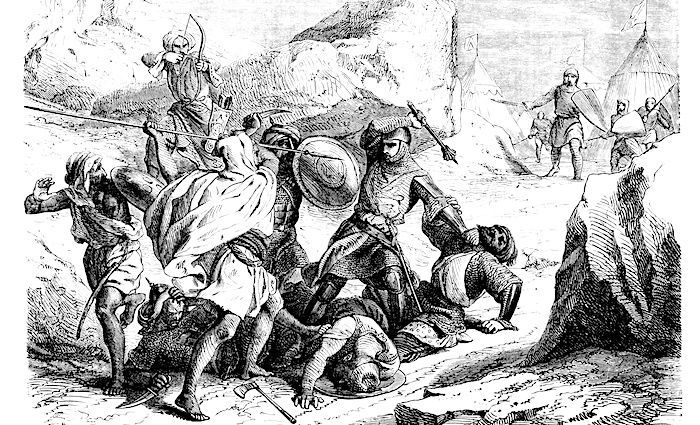
With the promise of the expungement of all their sins, many peasants and noblemen took up the call. The journey was even more dangerous than many of the pilgrims had banked on, forcing armies to march through Europe in intense conditions. Pilgrims faced hot weather, famine, disease, and attacks from the ‘infidel’ along their journey. However, the pilgrims themselves also committed atrocities along their two-year journey, including the pogroms against the Jews in northern Germany.
By the time they reached Jerusalem, many of these crusaders were desperately low on supplies and men healthy enough to fight. Still, however, they were able to capture the city of Jerusalem after a violent siege. They installed their own puppet king and proclaimed victory. This did not prove long-lasting, as it was only a few years later in 1145 that Muslims regained control of the city, and the second crusade was launched.
By defining the crusaders as the soldiers of Christ and not the soldiers of the Pope, many more people were involved in the crusades.
Eleonora Fanelli, Official Vatican Tour Guide
For Urban II, however, the crusade victory might as well have been non-existent. He died only fourteen days after the fall of Jerusalem on July 29th, 1099, far before any news of the victory reached him. He remains to this day a controversial figure in the history of the church. On one hand, he pursued a violent and costly campaign, leaving much destruction in its wake. At the same time, his policies greatly unified the Church, which may not exist today if it were not for his papacy.
Here’s Where To Stay in Italy’s Most Popular Destinations
Rome, Florence, Venice, Amalfi Coast, and Capri
I Want More Italy!
- Check out our YouTube video and step-by-step guide about how to visit the Vatican. If you’d rather let us guide you, check out our Vatican tours.
- Not sure where to stay in Rome? Read this guide!
- Follow our adventures in Italy on Facebook, Instagram, and YouTube. Then, comment and tell us what you want us to cover next.
- Looking for awesome tips for cities all over Europe? Check out The Tour Guy Travel Blog!

